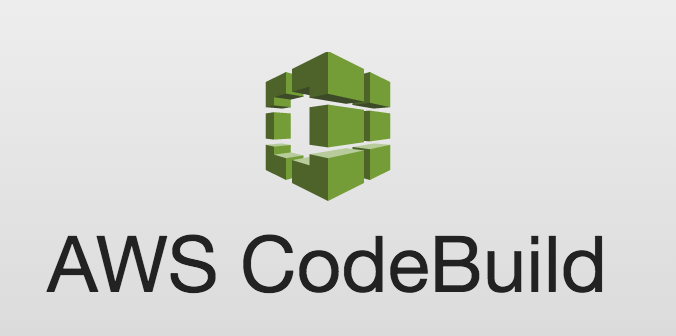Demystifying AWS CodeBuild: A Beginner's Guide
 Sumit Mondal
Sumit MondalTable of contents

Introduction:
In the dynamic world of cloud computing, AWS (Amazon Web Services) provides a myriad of tools to streamline development processes. One such tool, AWS CodeBuild, is a powerful and flexible service that automates the build and testing phases of your application development. In this blog post, we'll unravel the mystery behind AWS CodeBuild and guide you through its simple usage.
Understanding AWS CodeBuild: AWS CodeBuild is a fully managed build service that compiles your source code, runs tests, and produces ready-to-deploy software packages. It is a critical component of the CI/CD (Continuous Integration/Continuous Deployment) pipeline, enabling developers to focus on writing code while automating the build and test processes.
Getting Started:
Setting up AWS CodeBuild:
Log in to the AWS Management Console and navigate to the CodeBuild service.
Click on the "Create build project" button.
Enter a unique project name and provide a brief description.
Choose the source provider (AWS CodeCommit, GitHub, Bitbucket, or Amazon S3) where your application code resides.
Configuring Build Settings:
Select the environment type (Linux, Windows, or Docker) that matches your application's requirements.
Choose a runtime and specify the runtime version.
Configure build specifications by creating a
buildspec.ymlfile in your source code repository. This file defines the series of build commands, phases, and post-build actions.
Example buildspec.yml:
version: 0.2
phases:
build:
commands:
- echo "Building your application"
- npm install
- npm run build
Defining Artifacts:
Specify the output artifacts generated during the build process (e.g., compiled binaries, packaged applications).
Define the artifact type and location where CodeBuild should store these artifacts.
Setting Up IAM Roles:
- Ensure that the IAM (Identity and Access Management) role associated with CodeBuild has the necessary permissions to access your source code repository, execute build commands, and store artifacts.
Triggering Builds:
- You can manually trigger builds from the CodeBuild console or integrate CodeBuild into your CI/CD pipeline by connecting it to AWS CodePipeline.
Benefits of AWS CodeBuild:
Scalability:
- CodeBuild scales automatically based on your build volume, ensuring quick and efficient builds, even in high-demand scenarios.
Cost-Effective:
- You pay only for the compute resources consumed during the build process, making it a cost-effective solution for projects of all sizes.
Integration with AWS Services:
- Seamlessly integrates with other AWS services like CodePipeline, CodeCommit, and S3, creating a cohesive CI/CD pipeline.
Conclusion:
AWS CodeBuild simplifies and accelerates the build and test phases of your software development lifecycle. By automating these processes, developers can focus on creating quality code while ensuring a reliable and efficient deployment pipeline. So, whether you're a beginner or an experienced developer, harness the power of AWS CodeBuild to streamline your development workflows.
Subscribe to my newsletter
Read articles from Sumit Mondal directly inside your inbox. Subscribe to the newsletter, and don't miss out.
Written by

Sumit Mondal
Sumit Mondal
Hello Hashnode Community! I'm Sumit Mondal, your friendly neighborhood DevOps Engineer on a mission to elevate the world of software development and operations! Join me on Hashnode, and let's code, deploy, and innovate our way to success! Together, we'll shape the future of DevOps one commit at a time. #DevOps #Automation #ContinuousDelivery #HashnodeHero